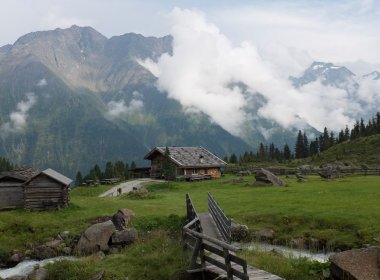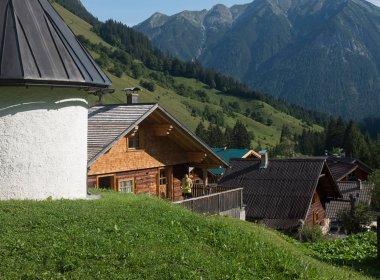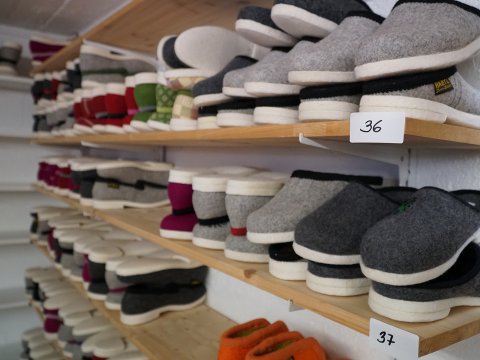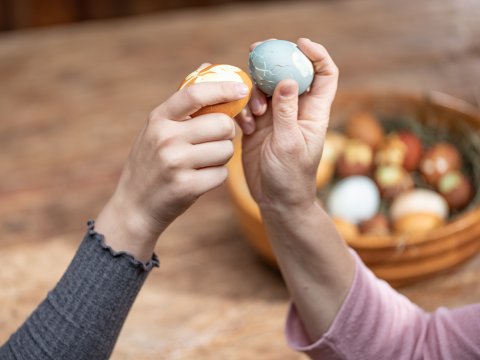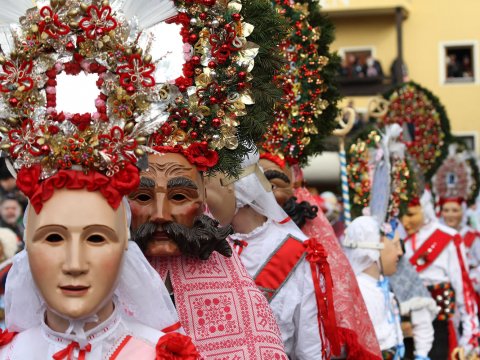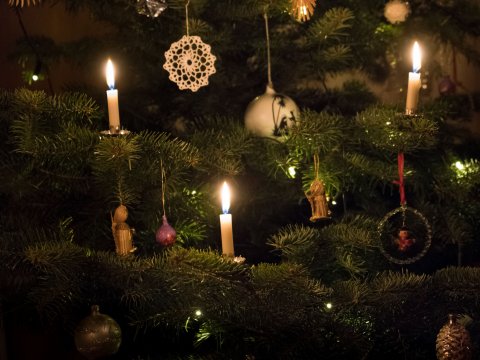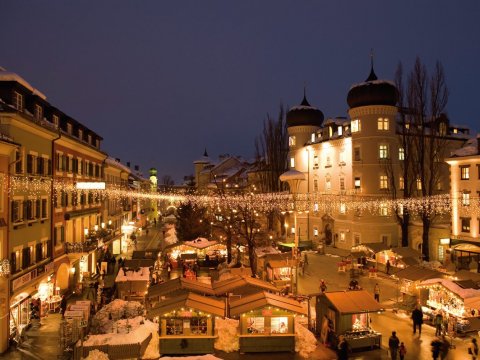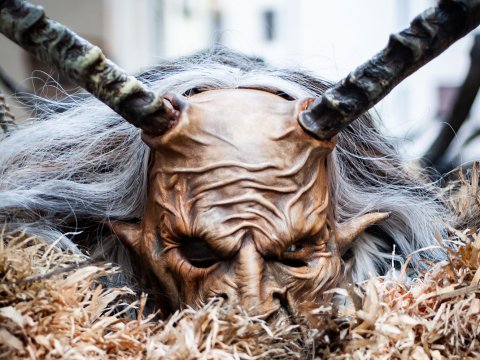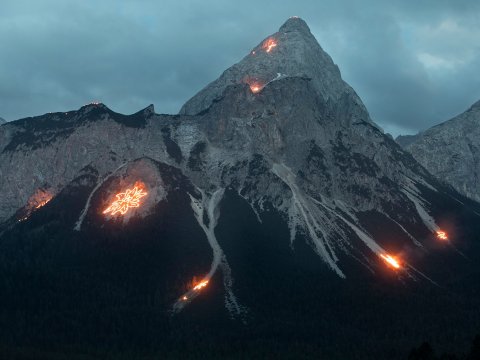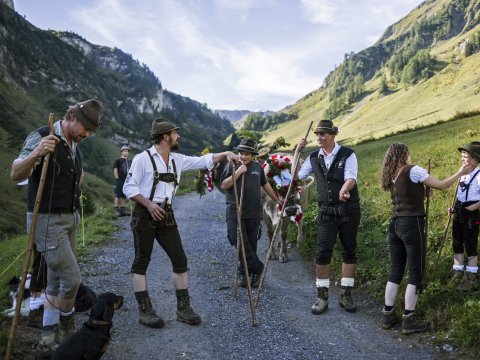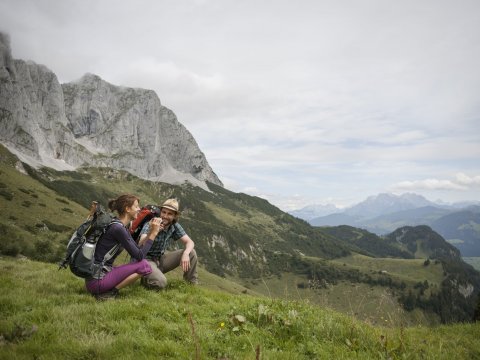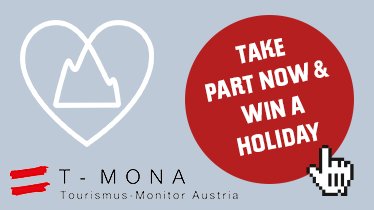What is an Alpine Hut?
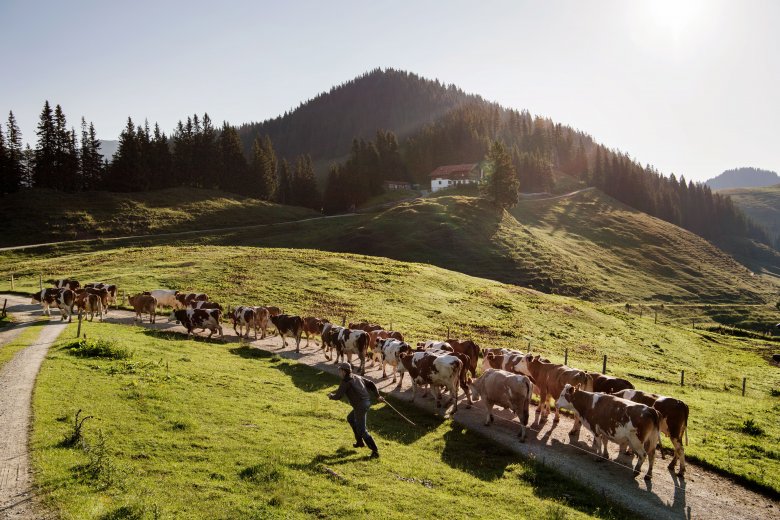
What would Tirol be without its alpine huts? These traditional refuges in the mountains are known for their hearty food and, in many cases, warm bed for the night. But "Almen", as they are known in German, are actually much more than just the building itself. Curious? Read on to find out!
Just two more corners to go. The forest slowly clears, revealing wonderful views of the valley below and the mountains above. In the middle of it all, surrounded by lush meadows, lies a wooden hut. An alpine hut. A location like many others in Tirol, yet unique in its own way. Inside awaits a warm welcome amid wood-panelled rooms. Outside, on the terrace, hikers and daytrippers settle down for lunch in the sun. Many items on the menu are made using produce from the hut's own farm: milk, cheese, meat, etc.
You see, Tirol's "alpine huts" ("Almen" in German) are much more than, well, alpine huts. They are home not only to people but also cows, horses, sheep and goats, all of which spend the summer grazing the lush pastures. The word "Alm" in German refers not only to the hut itself but also to the surrounding land – often many hectares of meadows and forests. As spring arrives and the snow melts, farmers drive their animals from the valley up into the mountains for a summer grazing on the nutritious grass on higher slopes. The valley pastures further down have a chance to recover, while the fresh air and steep terrain in the mountains are good for the animals.
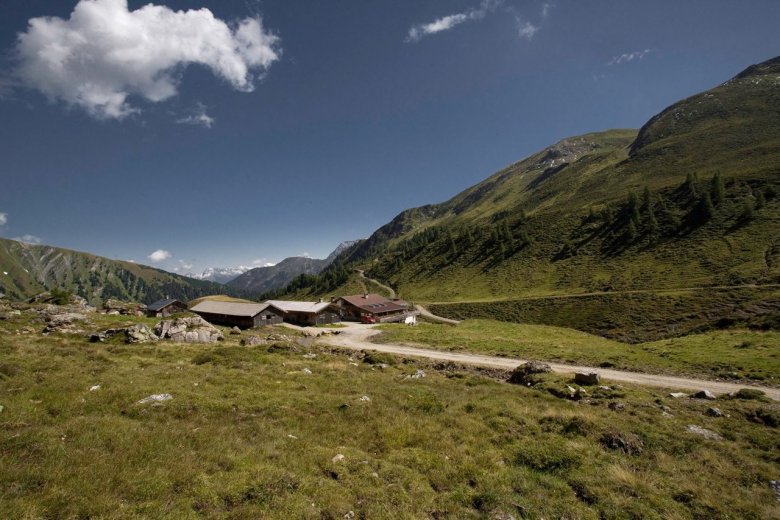
Cows which spend the summer in the mountains have more muscle and less fat, resulting in lean, tasty meat. Milk given by cows grazing on high alpine grasses and herbs results in better cheese and butter. Indeed, many "Almen" in Tirol have two sections at different altitudes – one further up the mountain, the other a little below – so cattle can move between the two pastures over the course of the summer to ensure they have fresh grass and herbs to graze on.
Huts come in many different forms
So we know that good, healthy food made from regional, often homemade, produce is a key part of what makes an alpine hut. For a hut to be "in use" (in German: "bewirtschaftet") during the summer months, food and drink are, however, not enough. The hut must have at least 60 head of livestock (not including pets or anything like that) grazing there during the summer.
Some huts have just cows, others sheep, others horses – and some house a mix of animals. "Melkalmen" ("milking huts") are, as the name suggests, places where cows are milked. This milk is then transported down into the valley to a local dairy. "Sennalmen" ("dairy huts") not only milk cows but also process the milk on-site into cheese and butter – a tricky undertaking that demands patience and experience.
Another task requiring patience and experience is that of the shepherds. As well as looking after the animals, their job often includes helping out with the milking – up in the mountains, everyone has to be prepared to do a bit of everything. Without the help of volunteers who spend several days or weeks each summer clearing away bushes and rocks (a process known in German as "Schwenden"), many alpine huts would find it impossible to survive.
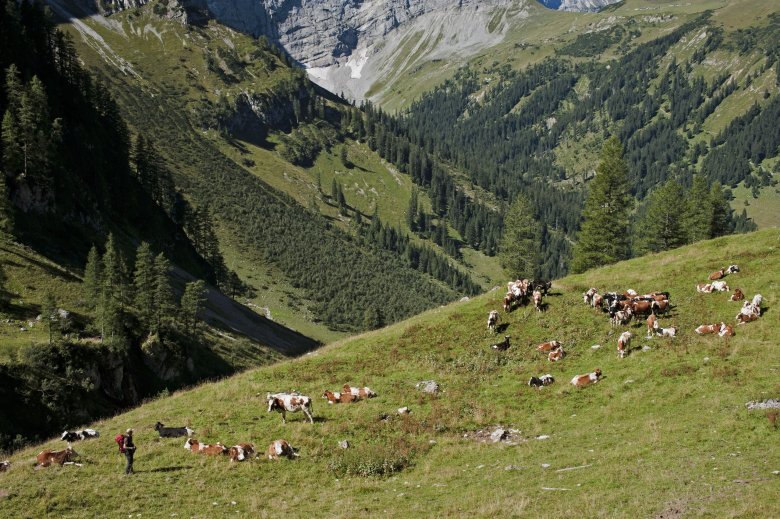
Hard but rewarding work
While daytrippers and hikers enjoy the hospitality and cuisine on offer, the story behind the scenes is a different one. The work is hard and relentless – seven days a week, for several months on end. Days begin early and finish late.
There is never any shortage of work to do. Milking the cows, searching for missing animals, repairing broken fences – the list goes on. Cheesemaking is also a time-consuming process in which conditions must be kept sterile. Shepherds must also have more than basic knowledge of first aid – not just for themselves but for their animals. Up here in the mountains, the nearest vet may be many hours away.
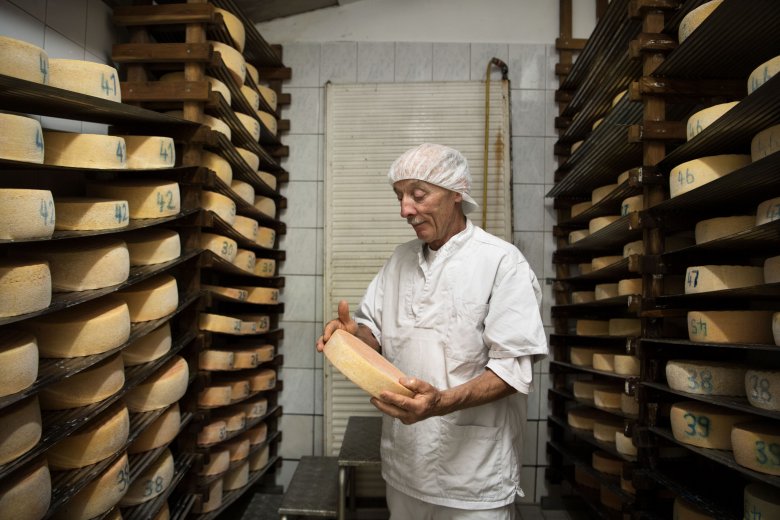
And yet, despite the long days and often back-breaking work, the men and women who run Tirol's alpine huts take a deep pride and pleasure in their labour. Their dedication and commitment play a major role in maintaining the landscape for which this region is famous – and also help make life in the mountains safer, for example by reducing the risk of avalanches and rockslides. Last but not least, alpine huts are essential when it comes to preserving the biodiversity of the Alps – meadows on the valley floor are home to seven herbs per square metre on average, while those high in the mountains have up to 70 different herbs growing on each square metre.
Facts and figures about Tirol's alpine huts
• Tirol has 2,000 alpine huts, whose pastures and meadows cover an area the size of Mallorca.
• One in six of these huts can be reached only on foot or by cable car.
• More than half of all cows in Tirol (around 30,000) spend their summers in the mountains.
• 80,000 young cows not yet capable of giving milk, 70,000 sheep and 3,000 horses also spend the warm months of the year in the mountains.
• Around half of all huts in Tirol are privately owned, with the rest run by associations and open to the public.
• There are some huts which are owned by farmers but up to 50 kilometres from the farmyard itself.
What goes up must come down
In early summer the animals are either driven in a transporter or walked up to the pastures on foot – often for many kilometres on winding paths. The cattle drive from the Schnalstal Valley in South Tirol (Italy) into the Ötztal Valley (Austria) is a particularly famous example. This annual ritual dating back many millennia is known as "transhumance" and attracts onlookers in both spring and autumn, when the animals make the return journey into the valley. The autumn cattle drive in particular is a spectacular affair, with the animals wearing brightly coloured headdresses made from flowers – a real village affair celebrating a successful summer without any major accidents or injuries.
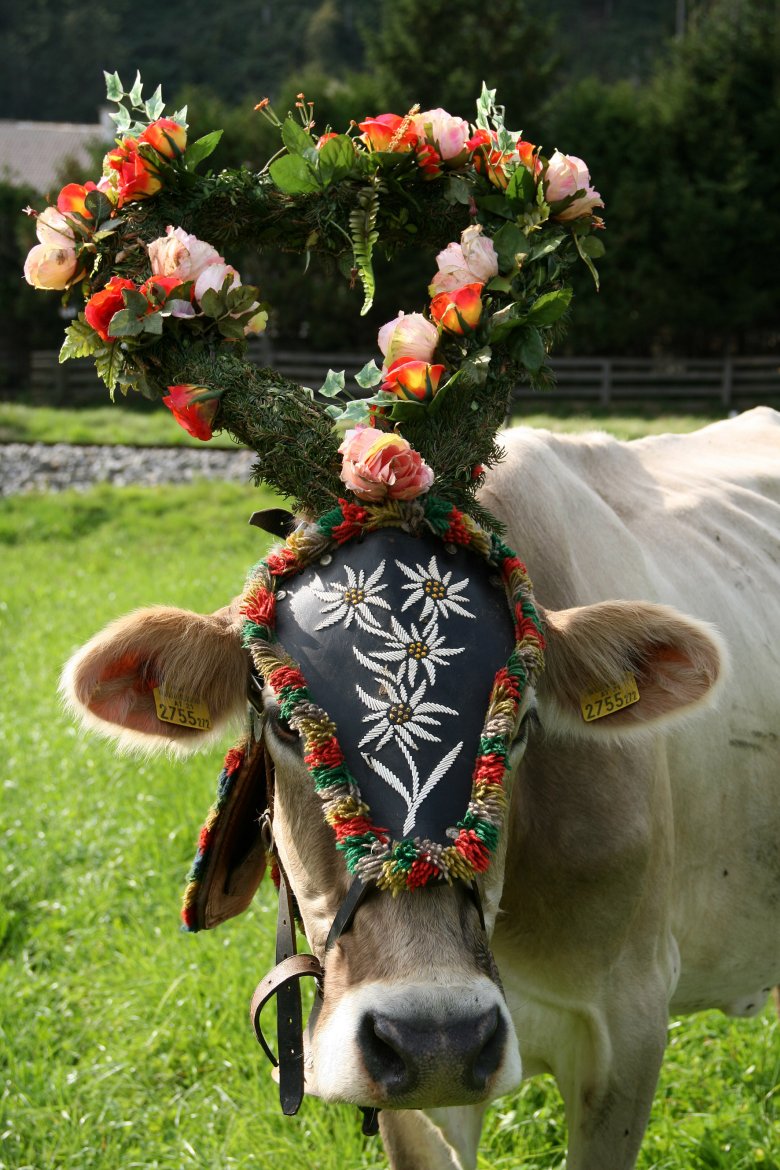
Staying safe in the mountains
Incidents on mountain pastures are thankfully rare. If something does happen, it is usually when guests leave the marked trails or get too close to the grazing animals. Please be particularly careful around mother cows with their young. Dogs should be kept on a short leash. If you believe you are about to be attacked by a cow, let go of the leash immediately.










